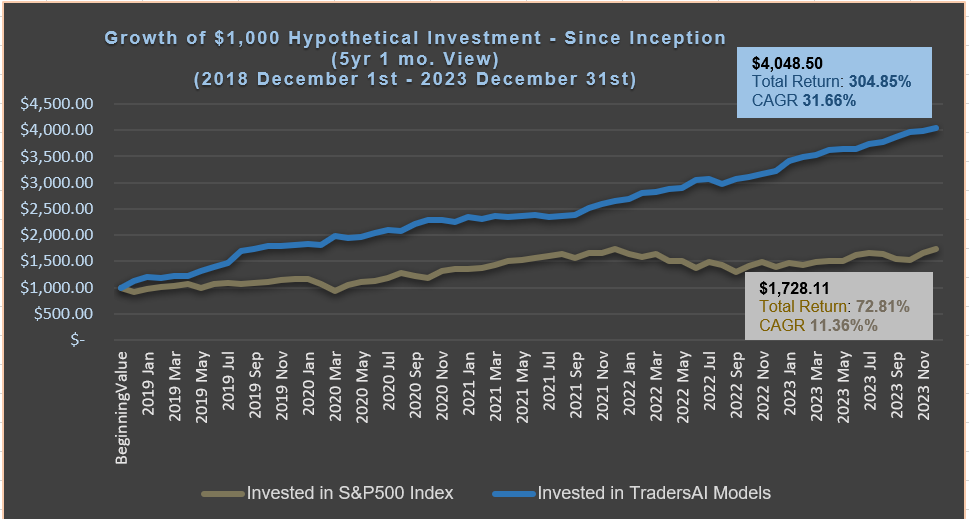
Bear Trap Yesterday or Bull Trap Today?
Our models’ indication of the critical range of 3340-3380 – reiterated for the last many days – was tested on Thursday with the session low coming close at 3341.02, followed by a clear break down on Friday, 02/21, with the session low coming in at 3328.45! And, as a follow through, Monday has seen a huge drop in the index. Now, the question is whether yesterday’s drop was a knee jerk reaction that would be shortly recovered (bear trap) or today’s indicated/hyped/”obvious” spike up would itself be a knee jerk reaction (bull trap)! Only time can tell.
Our models have turned bearish with Friday’s breakdown below our long held range, and are looking for a daily close above 3285 for the downward pressure to ease. Below that level, watch out for dead cat bounces which could be used by big players as opportunities to exit or short the markets. Bulls need to be patient before jumping in to “bargain hunt” – wait for indications of the chaos to settle.
Read below to check out our models’ trading plans for the day.
Trading Plans for TUE, 02/25:
NOTE: The index by itself is NOT tradable. The model plans here based on the S&P index level can be used to trade any instrument that tracks the index – the futures on the index (ES, ES-mini), the options on the futures (ES options), the SPX options, the ETF SPY are just a few examples of the instruments one can adapt these plans to.
Your results of implementing the following trading plans depend upon the time frame you choose to trade in (tick-chart, 1-min, 5-min, 15-min etc), the exact stop levels you use, the quality of the execution of your broker, the funding levels and margin levels of your account, your trading style and risk tolerance, and many other such factors.
These plans are NOT an investment advice to buy or sell any specific securities but are intended to aid – as informational, educational, and research tools – in arriving at your own investment/trading decisions. Always consult a Financial Advisor before making your investment/trading decisions if you are not sophisticated about these markets.
Medium-Frequency Models: Our medium-frequency models are starting the session with a short (entered yesterday at 3237) with a 9-pt trailing stop anchored at 3234.8 which is likely to be hit at the open. Models indicate carrying the position until stopped out or broken out of.
Models also indicate going long on a break above 3292, 3277, 3259, 3243, or 3316 with a 9-point trailing stop, and going short on a break below 3287, 3273, 3254, 3238, or 3212 with a 9-point trailing stop.
To avoid getting whipsawed, use at least a 5-minute closing or a higher time frame – depending on your risk tolerance and trading style – to determine the signals.
Note: For the trades to trigger, the breaks should occur during the regular session hours starting at 9:30am ET. By design, these models do NOT open any new positions after 3:45pm. Only one open position at any given time.
Aggressive Intraday Models: For today, our aggressive intraday models indicate going long on a break above 3292, 3277, 3259, 3243, or 3316 with a 8-point trailing stop, and going short on a break below 3287, 3273, 3254, 3238, or 3212 with a 8-point trailing stop. Do NOT take signals generated on the first two bars.
To avoid getting whipsawed, use at least a 1-minute closing or a higher time frame – depending on your risk tolerance and trading style – to determine the signals.
Note: For the trades to trigger, the breaks should occur during regular session hours starting at 9:30am ET. Due to the intraday nature of these aggressive models, they indicate closing any open trades at 3:55pm and remaining flat into the session close. No opening of new positions after 3:45pm. Only one open position at any given time.
NOTE: The trailing stop is activated at the entry price right when a position is opened. Remember that a “trailing stop” works differently from the traditional stop-loss order. Please bear in mind that the trailing stop’s trigger level would keep changing throughout the session (click here to read on the conceptual workings of a trailing-stop).
IMPORTANT RISK DISCLOSURES AND NOTICES – READ CAREFULLY:
(i) This article contains personal opinions of the author and is NOT representative of any organization(s) he may be affiliated with. This article is solely intended for informational and educational purposes only. It is NOT any specific advice or recommendation or solicitation to purchase or sell or cause any transaction in any specific investment instruments at any specific price levels, but it is a generic analysis of the instruments mentioned.
(ii) Do NOT make your financial investment or trading decisions based on this article; anyone doing so shall do so solely at their own risk. The author will NOT be responsible for any losses or loss of potential gains arising from any investments/trades made based on the opinions, forecasts or other information contained in this article.
(iii) Risk Warning: Investing, trading in S&P 500 Index – spot, futures, or options or in any other synthetic form – or its component stocks carries inherent risk of loss. Trading in leveraged instruments such as futures carries much higher risk of significant losses and you may lose more than you invested in them. Carefully consider your individual financial situation and investment objectives before investing in any financial instruments. If you are not a professional trader, consult a professional investment advisor before making your investment decisions.
(iv) Past performance: This article may contain references to past performance of hypothetical trades or past forecasts, which should NOT be taken as any representation or promise or guarantee of potential future profits. Past performance is not indicative of future performance.
(v) The author makes no representations whatsoever and assumes no responsibility as to the suitability, accuracy, completeness or validity of the information or the forecasts provided.
(vi) All opinions expressed herein are subject to change at any time, without any notice to anyone.




